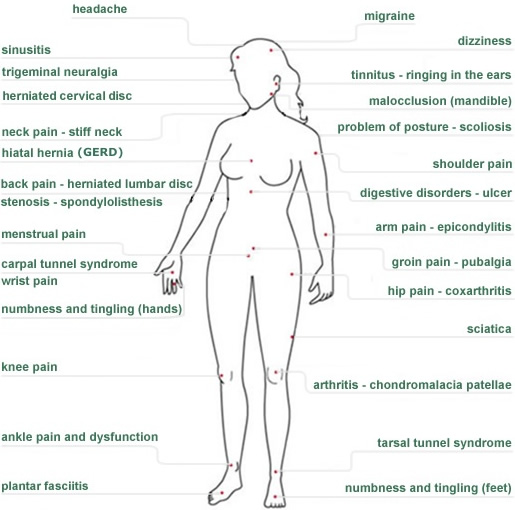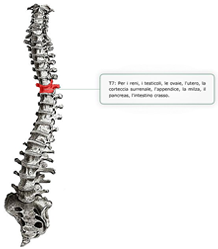Vitamin D
VITAMIN D
Most people associate vitamin D with sunshine, milk, and bone health. While these links are accurate, vitamin D has numerous functions in our bodies and has a powerful impact on general health. Vitamin D is critical in preventing cancer and a host of other disease states including:
- heart disease
- multiple sclerosis
- diabetes, autism
- mood disorders
- unexplained muscle / joint pain
- upper respiratory and intestinal infections
- influenza
- pneumonia
- ear infections
- clostridium infections
- urinary tract infections
- hepatitis B and C, HIV infections
- osteoporosis
- tooth decay
So what is vitamin D exactly?
Vitamin D is actually not a vitamin at all, its a hormone. By definition, vitamins are organic compounds that must be ingested through food because our bodies are unable to synthesize vitamins. Vitamin D can be synthesized by the body in the form of cholecalciferol (D3) during exposure to sunlight.
Why is sunlight essential for producing vitamin D?
When UV-B spectrum sun rays hit our skin, a substance called 7-dehydrocholesterol (provitamin D3) gets converted into vitamin D3. This is the primary storage form of vitamin D.
Why do vitamin D levels depend on where we live? Numerous studies have revealed the levels of vitamin D deficiencies increase in populations the further away they are from the equator.
Likewise, seasons influence vitamin D levels. During winter months, there is less sunlight to convert 7-dehydrocholesterol in the skin to vitamin D3. This explains why cholesterol levels tend to be higher during the winter.
How does skin color affect vitamin D levels?
Vitamin D deficiency is also far more prevalent among blacks than whites because the pigmentation in our skin reduces vitamin D production.
Does obesity influence vitamin D levels?
Yes, there's an increased incidence in vitamin D deficiency in clinically obese people with a BMI over 30. This is due to the fact that vitamin D is deposited in body fat. Extra pounds impair our body's ability to utilize vitamin D.
How has Applied Kinesiology advanced our understanding of Vitamin D?
In the 1960s, Dr. George Goodheart, the founder of Applied Kinesiology, used muscle testing to unravel the associations between nutrients and muscles. Vitamin D was found to be related to small intestine function and to the quadriceps and abdominal muscles. As such, many hip, knee, and low back pain has its roots in vitamin D deficiency.
How do I know if I am deficient in Vitamin D?
A simple blood test will measure your vitamin D status, but your doctor usually has to request it specifically. If your insurance does not cover vitamin D testing, you can obtain an easy to use, in-home test kit, through the Vitamin D Council’s website (www.vitaminDcouncil.org).
What should my levels of Vitamin D be on a blood test? Levels of 25-hydroxyvitamin D25( OH) should be between 40-100 ng/ml.
How do I prevent vitamin D deficiency?
Besides testing for vitamin D, it is important to eat foods that are high in vitamin D namely fatty fish (tuna, salmon, sardines, and mackerel), egg yolk, and organ meats.
Can I obtain enough Vitamin D from the foods I eat?
As mentioned, adequate time in the sun is necessary to maintain adequate Vitamin D stores, and it's important to avoid sun block, and sunglasses in order to obtain the sun's helpful rays.
Should I supplement with Vitamin D?
Supplementation with Vitamin D is necessary for many people. It is important to consult with practitioners who physically test supplements on their patients using either indicator or muscle testing (or both) in order to assure that the chosen brand is the right one for you.

 SCHEDULE AN APPOINTMENT
SCHEDULE AN APPOINTMENT









